The Best Decaf Coffee Beans
November 29, 2023

Here is everything you need to know about decaf coffee.
What is caffeine?
Although caffeine is found in various processed foods, it is a naturally occurring substance. Caffeine is a stimulant that is found in coffee cherries, as well as cacao, tea, mate, guarana, and kola nuts.Caffeine affects the body by stimulating the brain and central nervous system. After you take your sip of coffee, your brew’s caffeine enters the bloodstream before traveling to the liver and affecting how various organs’ functions. In the brain, caffeine minimizes the effects of adenosine, which relaxes brain function.
How much caffeine is in decaf?
Decaf coffee is not 100% caffeine-free, but it is very close. There is, on average, about 2-10mg of caffeine in decaf coffee compared to regular coffee with closer to 125-150mg.How was decaf coffee discovered?
It’s believed that decaffeinated coffee was accidentally discovered by German merchant Ludwig Roselius in 1903. After studying a freight of coffee beans that had been soaked by sea water during their transport, Roselius noticed that their caffeine content had been reduced without affecting much of the taste. The merchant went on to register a patent in 1905 for his decaffeinating method that involved steaming coffee beans before using benzene to extract the batch’s caffeine.
How is caffeine removed from coffee beans?
The process of making decaffeinated coffee starts the same as a caffeinated batch of beans.Green coffee is processed and harvested before they are heated up and soaked. The raw beans can be soaked in just water or a combination of water and solvents to extract the caffeine. Once the caffeine has been removed, the green coffee is rinsed, steamed, and roasted to remove the moisture that is leftover from the soaking stage.
The Swiss Water Coffee Process
The Swiss Water Process is a popular and innovative method for decaffeinating coffee beans without the use of chemical solvents. This process is known for its ability to retain the natural flavors and characteristics of coffee while removing most of the caffeine content.The Swiss Water Process starts by soaking a batch of green coffee beans in hot water to dissolve the soluble compounds, including caffeine. The resulting solution, called "flavor-charged water," is then passed through an activated charcoal filter, which captures the caffeine molecules while allowing the larger flavor molecules to pass through. This step is crucial in preserving the coffee's original taste profile.
The decaffeinated beans are then removed from the water and dried, and the flavor-charged water is reused for the next batch of beans, maintaining the coffee's flavor integrity. This method is considered environmentally friendly and is preferred by many coffee enthusiasts for its ability to produce decaffeinated coffee that closely resembles its caffeinated counterpart in terms of taste and aroma.
The Swiss Water Process has gained popularity in the specialty coffee industry as a natural and sustainable way to enjoy decaf coffee without compromising on quality.
